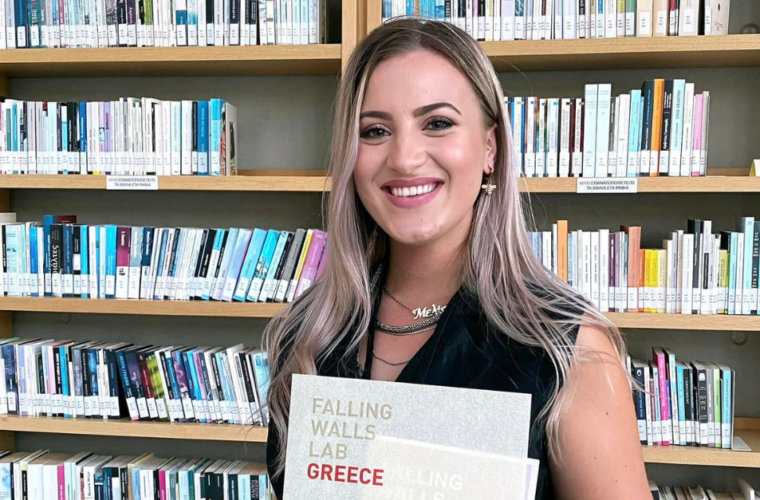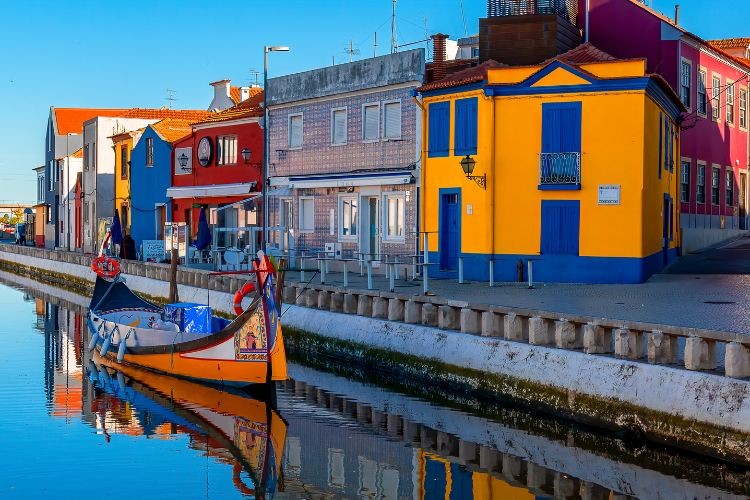A fun interview with Lego. How Lego helps the environment and its digital future.
Who doesn’t like spending a few hours designing what is in their imagination and creating models with LEGO bricks? Some may have also discovered LEGO’s endless opportunities in the virtual space. In our previous article on LEGO we covered the digital LEGO software alternatives and now we were talking to Lóránt Siket, LEGO’s Communication Manager in Hungary about ideas, the future and pressing issues related to sustainability.
What makes LEGO so successful and how do you continuously get new ideas?
The LEGO System-in-play is about endless possibilities – it enables children and adults to build, de-build and rebuild without any limitations. There are more than 900 million ways to combine 6 eight-stud bricks, and that makes it a timeless toy to spark creativity and enable learning through play for all age groups. The inspiration sources to our product development teams are also endless – from our classic themes to licensed products, LEGO Art and fan-designed sets, there are exciting building experiences in our assortment for every kid and adult.
Which events in history did you find to be a great leap forward regarding the success of the company?
The invention of the LEGO brick and the system-in-play itself in 1968 is one of the most important milestones in the history of the LEGO Group. The first licensed – Star Wars – products in 1999 were also an important step forward, as the theme is still very popular today, and we are also offering a number of further sets as part of license agreements. We have just launched Augmented Reality innovations like LEGO Super Mario or LEGO VIDIYO in 2020 and 2021, and we believe that they will help us on our mission in reaching more children around the world with learning through play experiences.
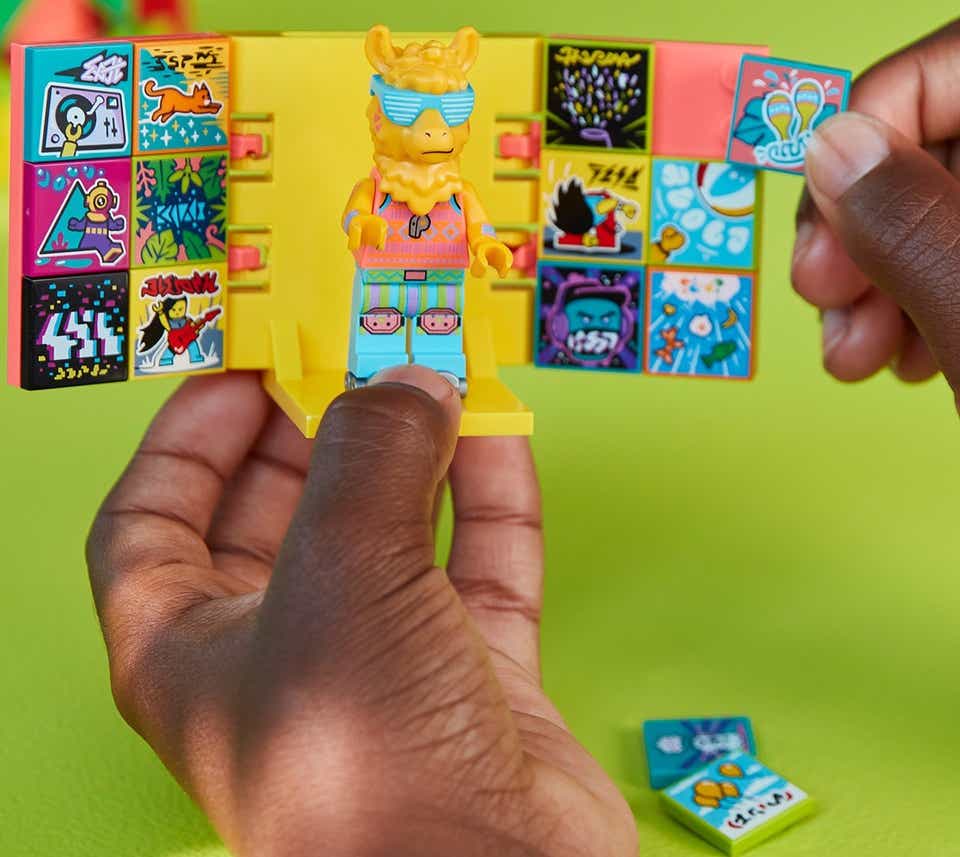
How do you see yourself on the market today given that most people are familiar with your brand and people have loved your products all over the world? How do you currently benefit from having built an amazing legacy?
According to the RepTrak survey done annually by the Repuation Institute, the LEGO Group is the most reputable company in the world, and we have been named also the world’s most loved brand last year. That enables us to be even more creative, try new ways of play, offer new experiences, reach new markets and bring the joy of creative building to even more kids and families.
What products of LEGO are the most popular nowadays?
Our classic product themes like LEGO CITY are always very popular, and also the IP products like Star Wars or Harry Potter sets. New products like LEGO Super Mario were real hits recently – but our overall product portfolio performs very well, as we managed to increase our consumer sales figures by more than 20% on 2020.
What human instinct does LEGO rely on?
When you play with LEGO bricks, you use a number of skills and you do not even recognize it. This is the idea we call learning through play – it is closely connected to the Flow effect phenomenon. When you play, you learn and you develop essential skills. Real, free play is something we do not do for a reward or a goal – it is for the play experience itself. LEGO play offers this experience to all builders. It sparks creativity, collaboration, communication, problem solving, critical thinking, how you overcome a failure – and so much more. Just give it a try and start building anything from a bowl of LEGO bricks.
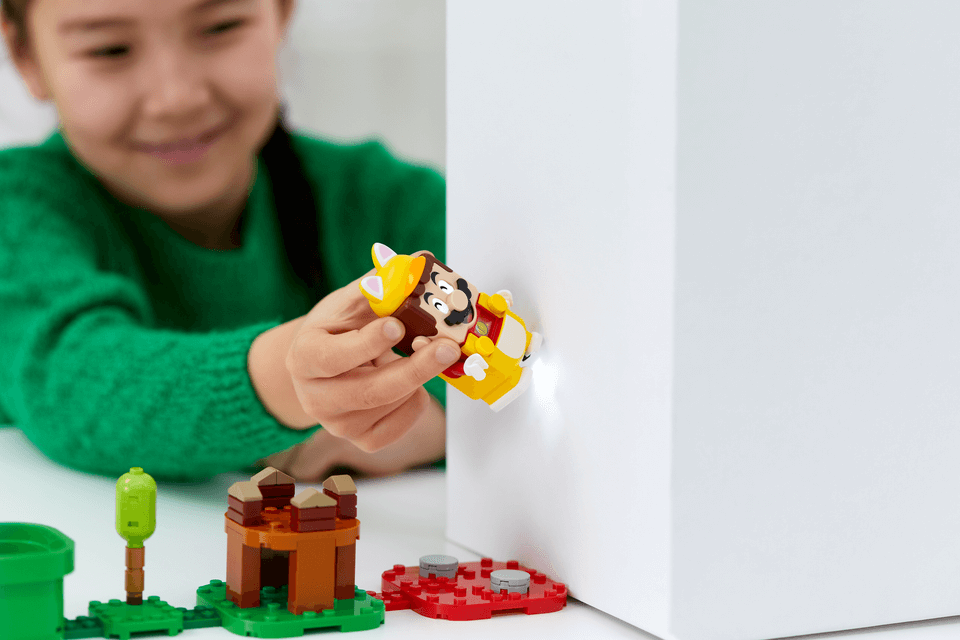
What is your current vision for the future?
Our vision is that we become a global force for learning through play, leading to our mission to develop and inspire the builders of tomorrow. We would like to give high quality, creative and inspiring play opportunities to as many kids and families as possible.
Where do you see expansion opportunities?
Geographically there are still markets around the globe where we see great opportunities. In recent years we have seen strong results in China where is still room for growth. On the product development side we have launched a product line for adult builders last year, as we believe that creative play experiences are as relevant for adults as they are for kids.
How has the rapid growth of the digital world (online games and mobile applications) changed the interest in LEGO?
We know children and adults love the LEGO brick and that will always be the heart of our business. But today’s children are growing up in a digital world and they effortlessly blend online and physical play. We are excited to offer them safe, exciting play experiences that are fun and offer new ways to learn and be creative.
Investments in products that seamlessly blend physical and digital play continue – in March 2021 we released LEGO VIDIYOTM which taps into children’s love of music and play.
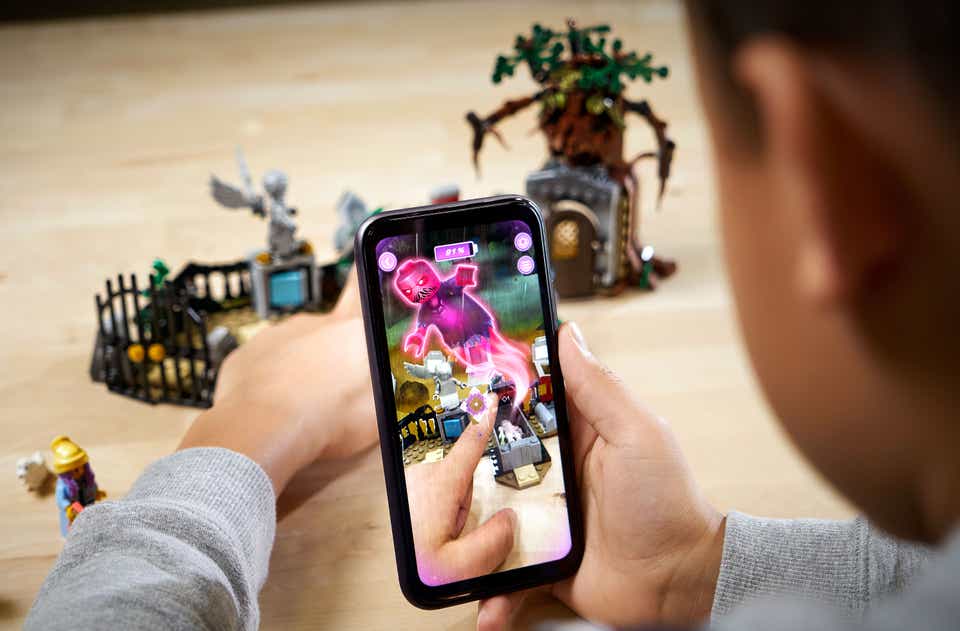
We know that you have always had an interest in offering clients digital options, such as LEGO Digital Designer (LDD). How do you envision LEGO’s adaptation to the online world? Kids are more and more fascinated by electronic devices, how do you try to meet the needs of these kids?
We want to feed the imagination of the next generation of creatives, providing a new canvas for kids to creatively express themselves. Research shows over three quarters (79%*) of parents globally wish their children had more creative confidence. As one of our answers to this, this year we have launched LEGO VIDYO to help make that happen. We know children are always chasing new ways to experiment creatively, and LEGO VIDIYO helps kids with a passion for music unleash their creativity through LEGO building and music video production. Another new option is our LEGO Super Mario theme, where kids can seamlessly bridge physical and virtual play.
Are you planning any further updates or similar software?
The LEGO Group has acquired BrickLink in 2019, which is the world’s largest online community of adult LEGO fans. The platform has more than one million members, an online marketplace; a digital building software where builders can design and showcase their creations; and a vibrant online community where fans share ideas and builds.
What’s next for LEGO? Are you considering Virtual Reality options? Are you discovering opportunities in this direction?
I cannot give any information on future product development directions, but we can see that the LEGO Super Mario sets are extremely popular. LEGO Super MarioTM which uniquely blends digital and physical play was released in August 2020 and became one of the company’s most successful theme launches. We just announced the new LEGO Luigi™ character which will enable kids to play in a multi-player mode with the sets.
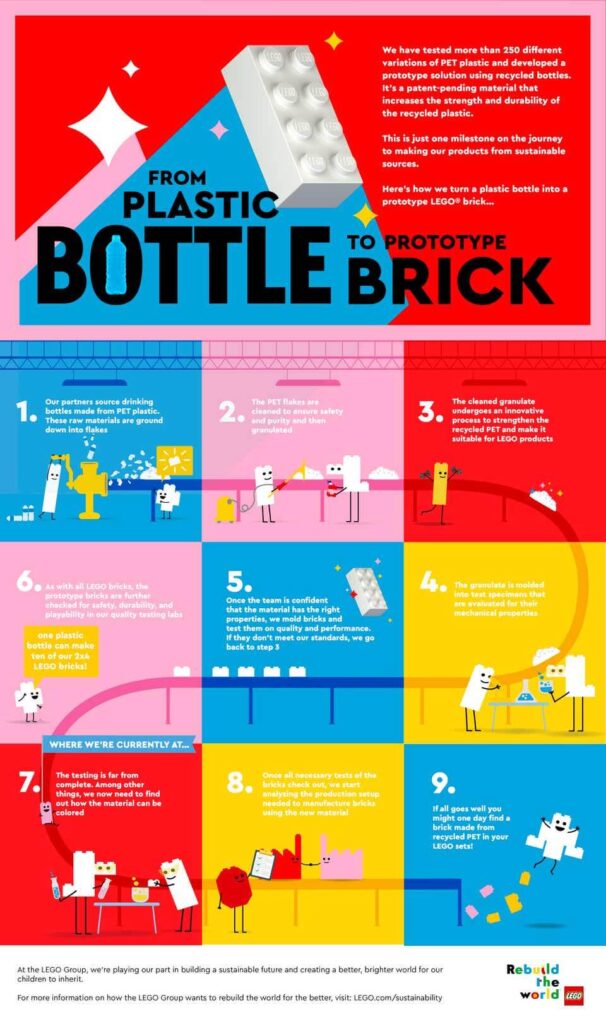
Are you planning to replace plastic? How does LEGO try to be more sustainable?
We know kids care about the environment and want us to make our products more sustainable. We’re committed to playing our part in building a sustainable future for generations of children. We want our products to have a positive impact on the planet, not just with the play they inspire, but also with the materials we use. Earlier in June, the LEGO Group unveiled a prototype LEGO brick made from recycled plastic, the latest step in our journey to make LEGO products from sustainable materials.
The new prototype, which uses PET plastic from discarded bottles, is the first brick made from a recycled material to meet the company’s strict quality and safety requirements.
The biggest challenge on our sustainability journey is rethinking and innovating new materials that are as durable, strong and high quality as our existing bricks – and fit with LEGO elements made over the past 60 years.

